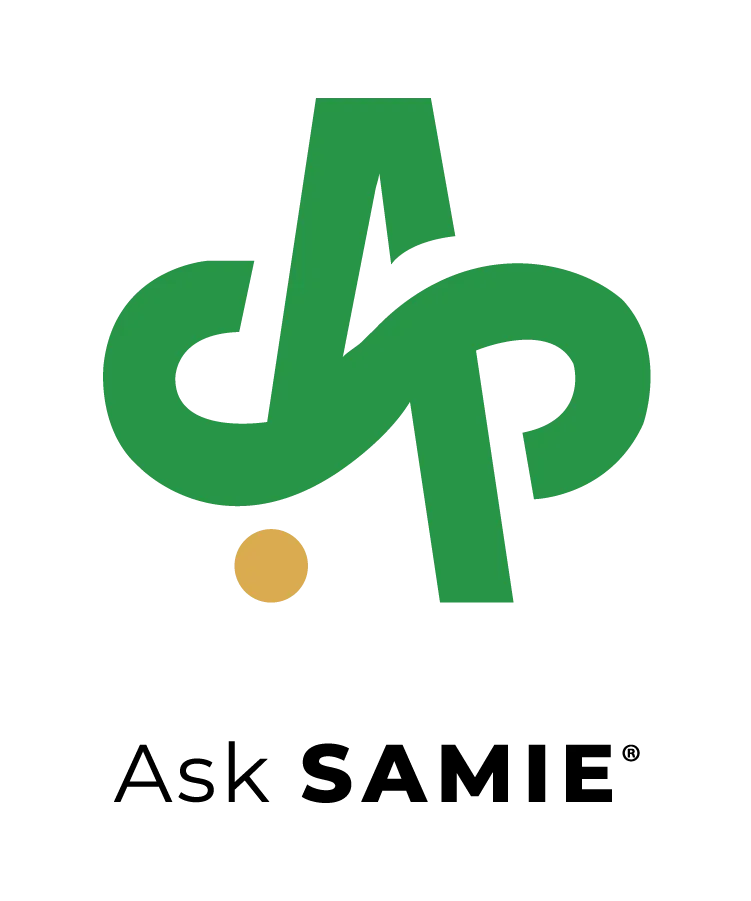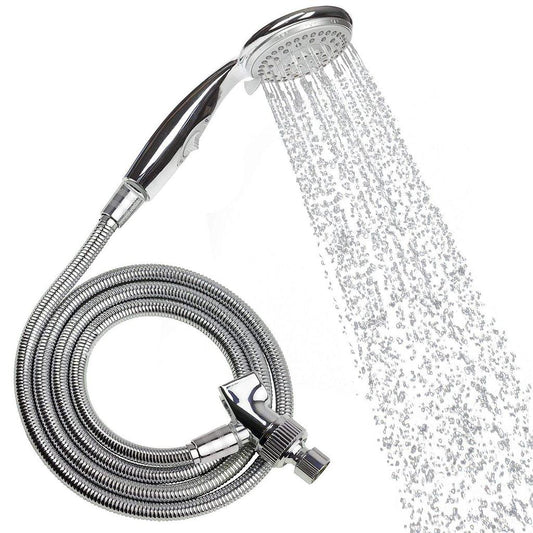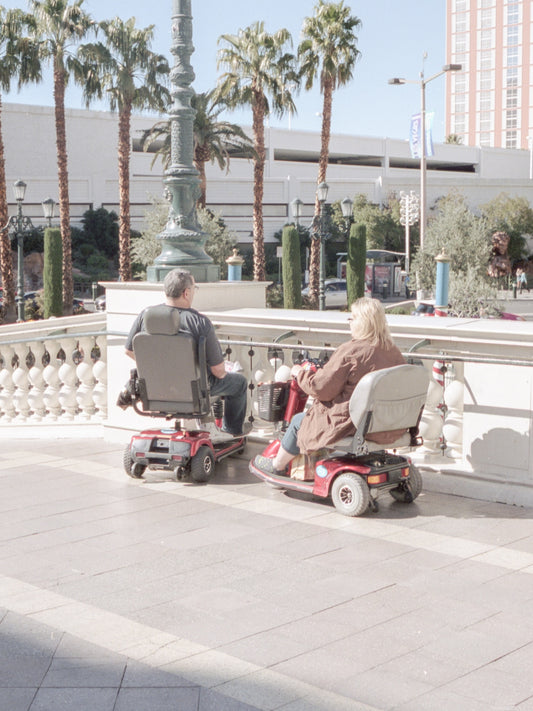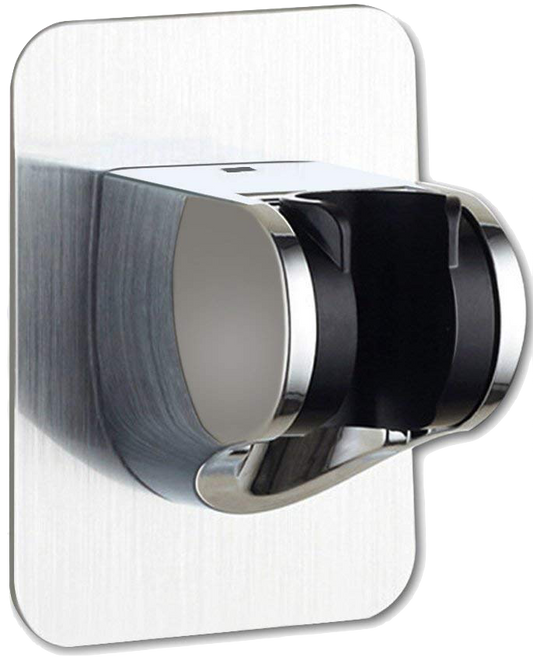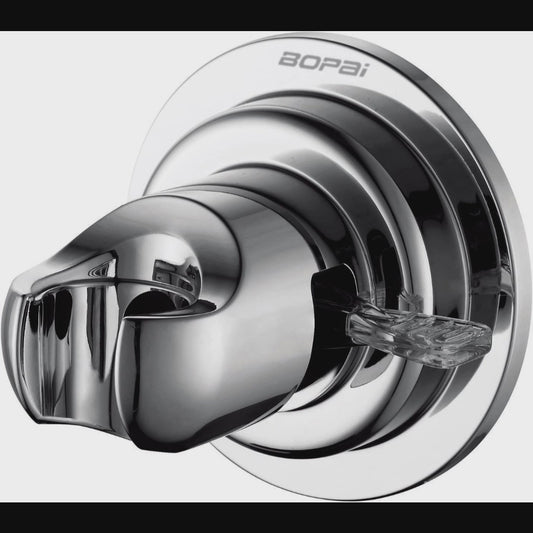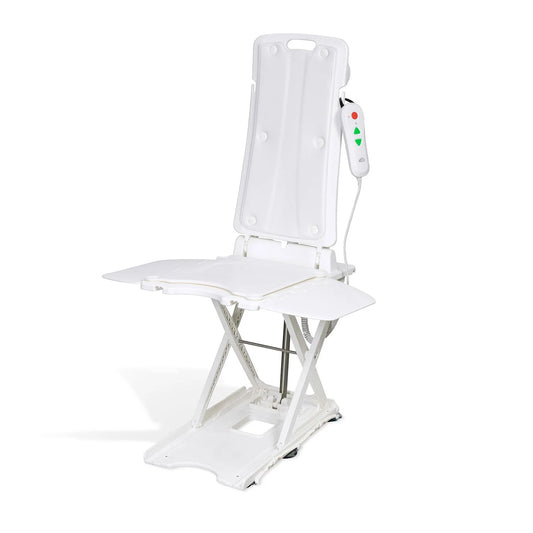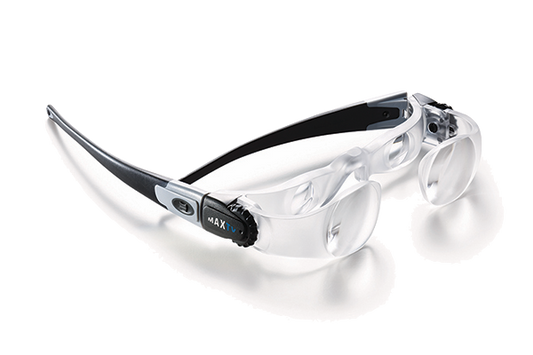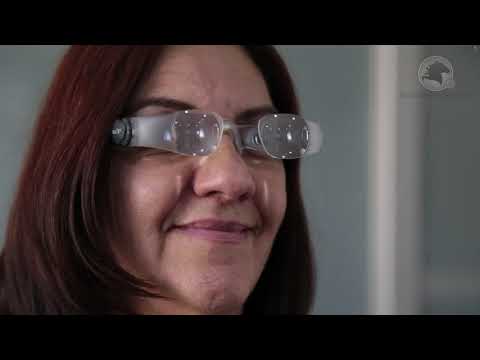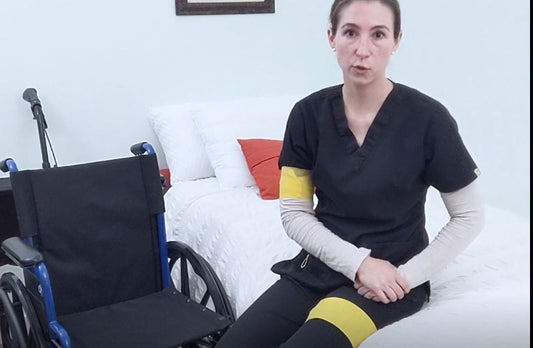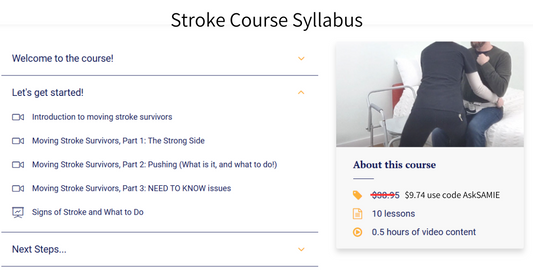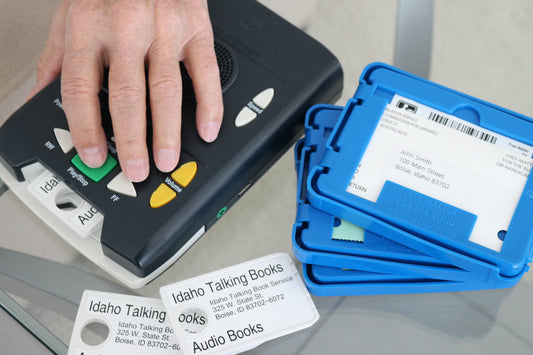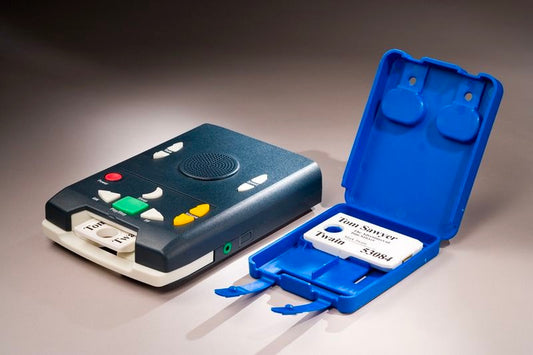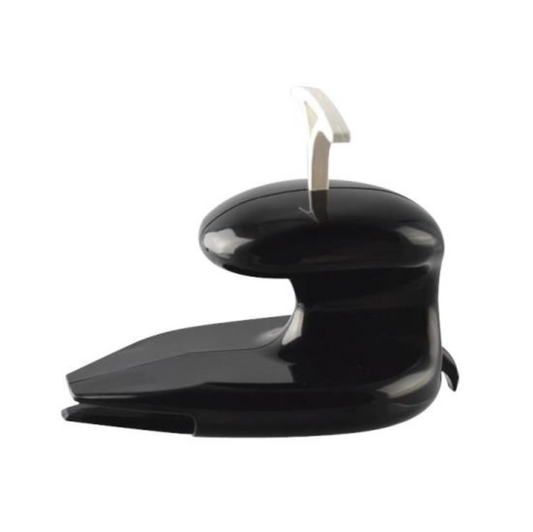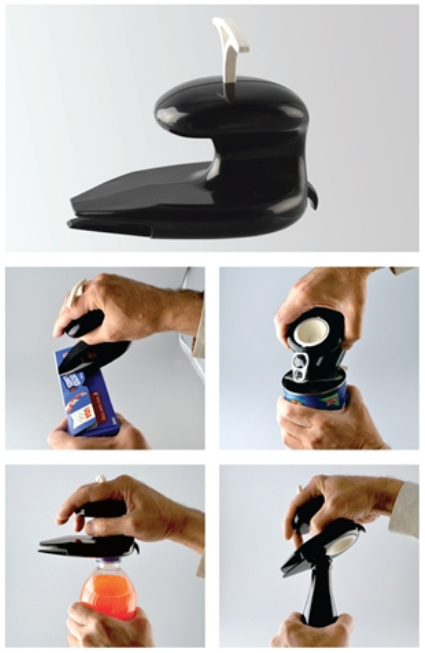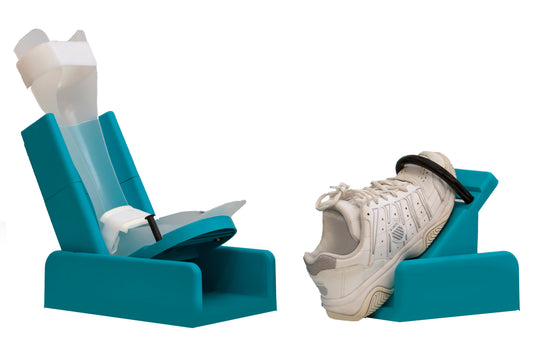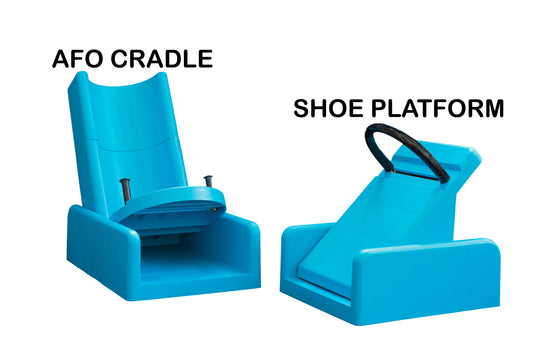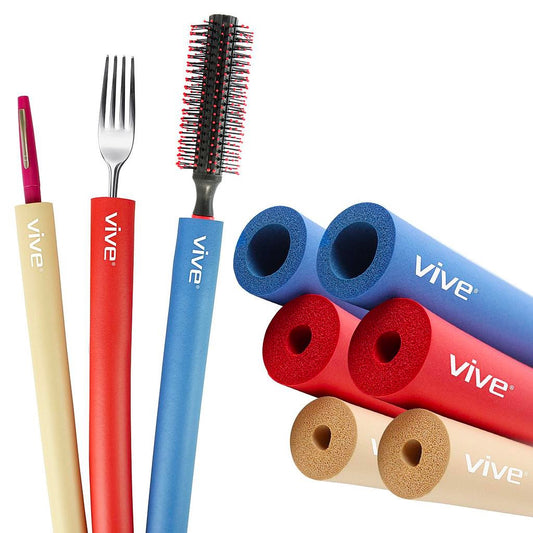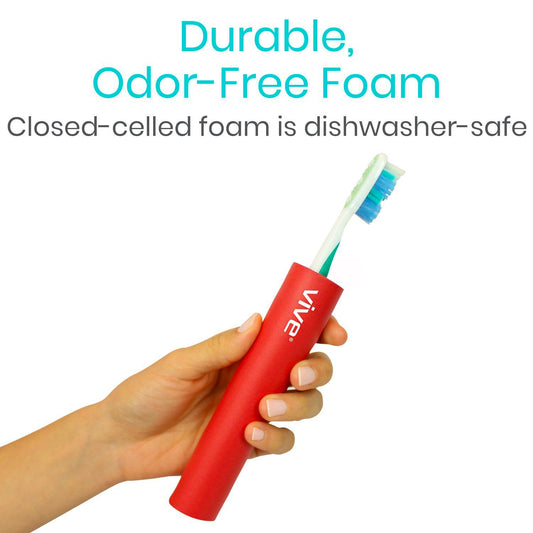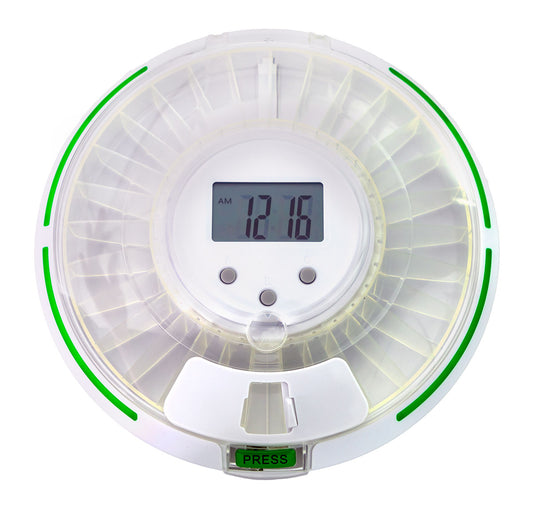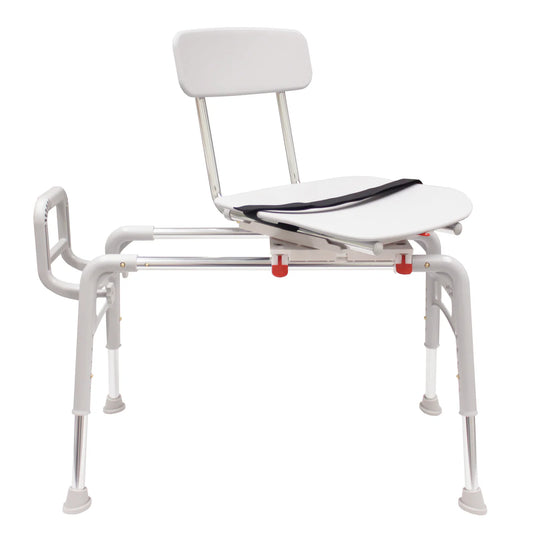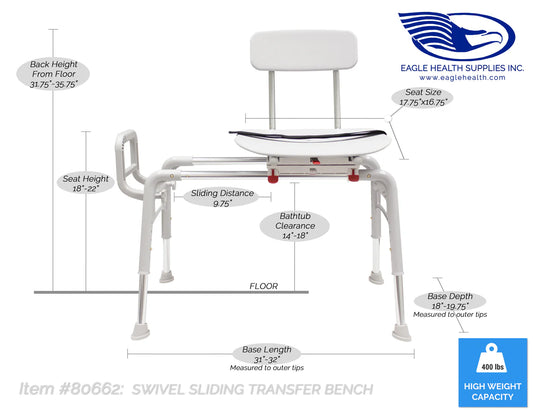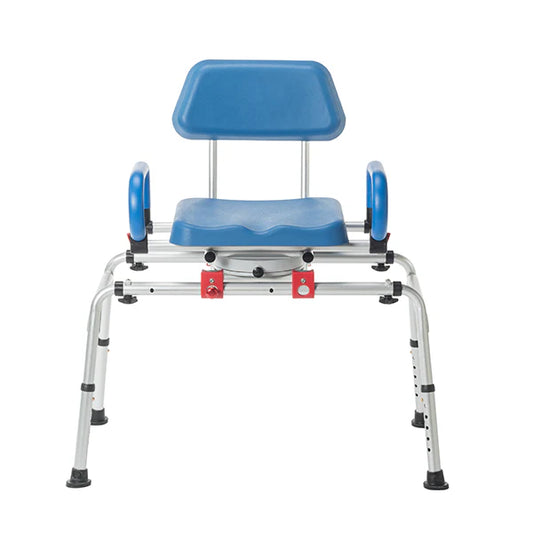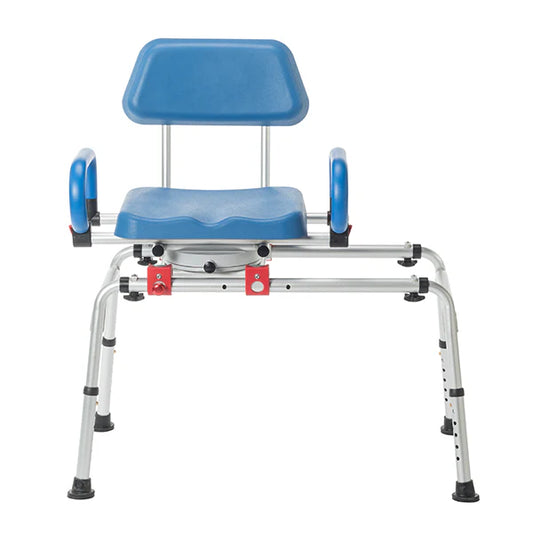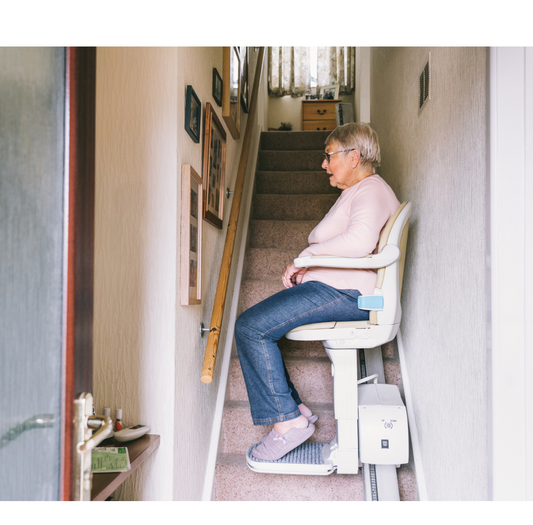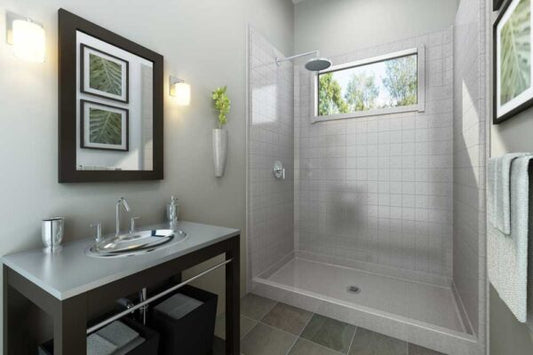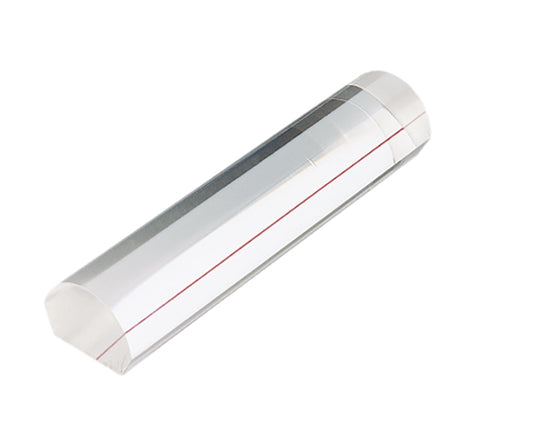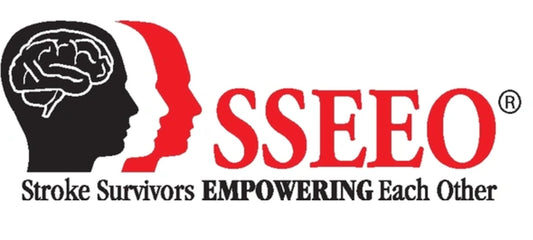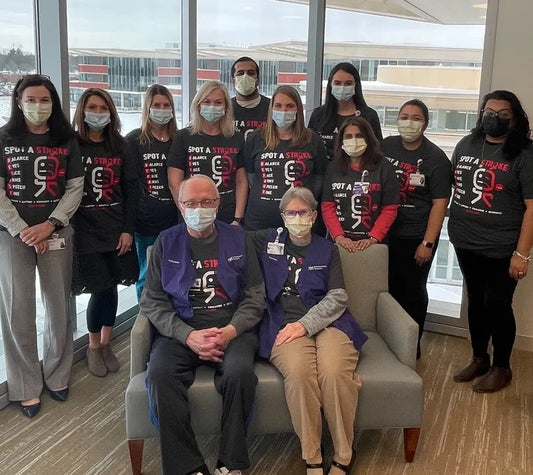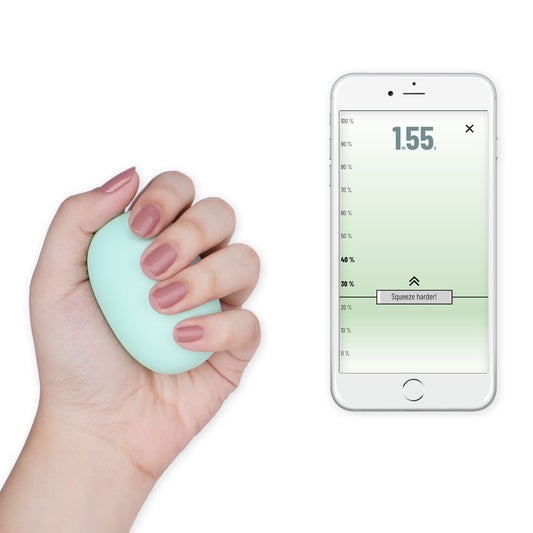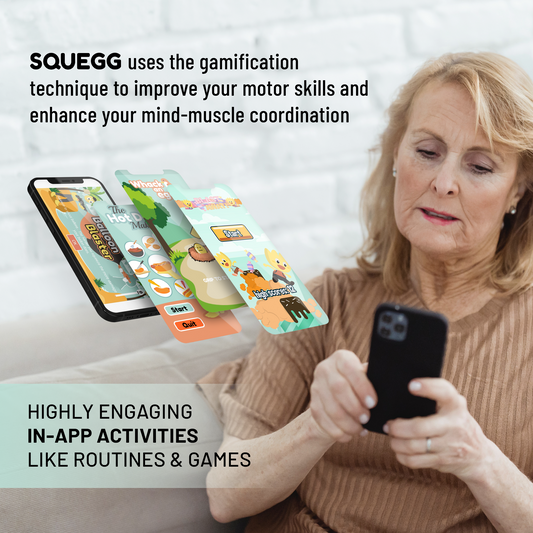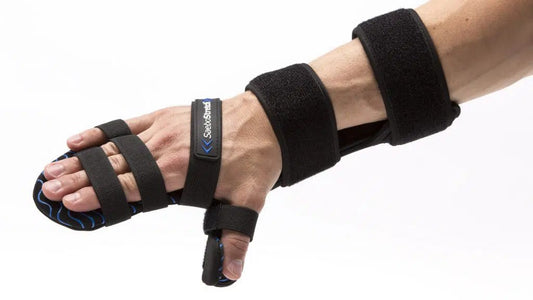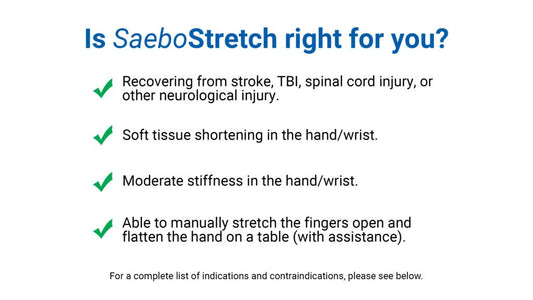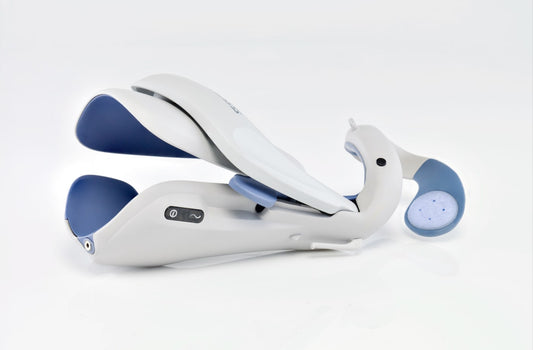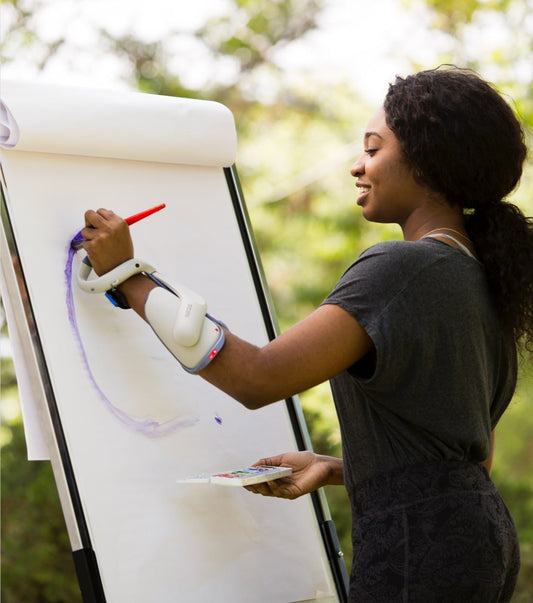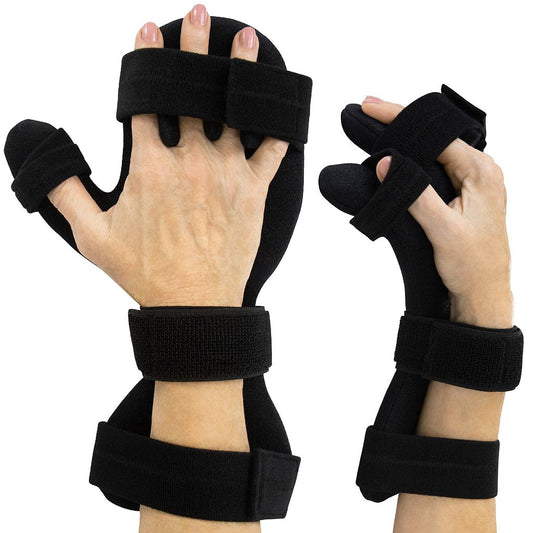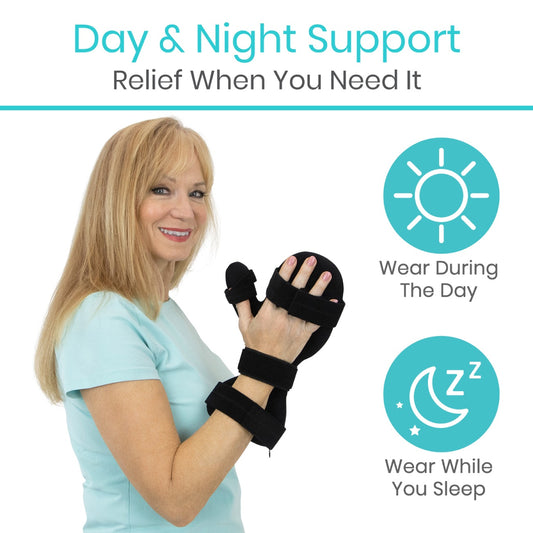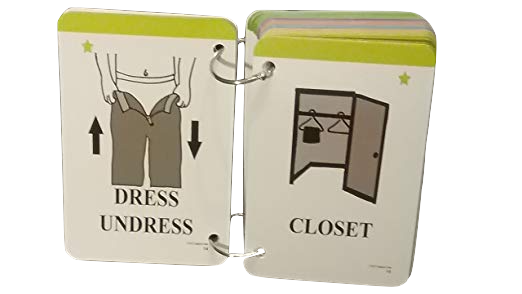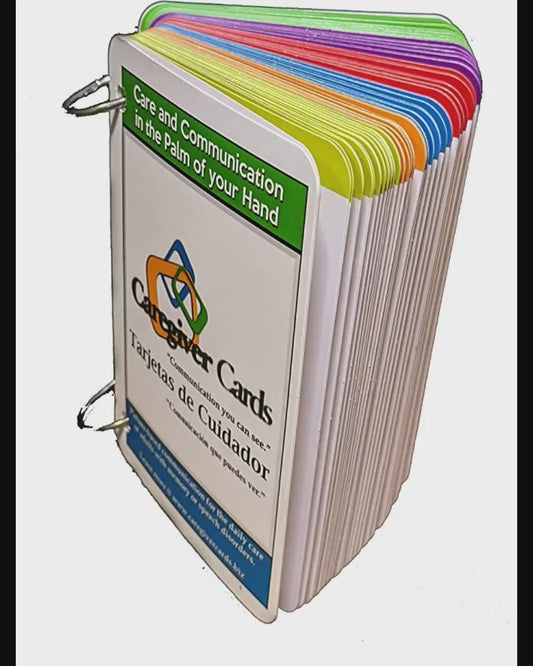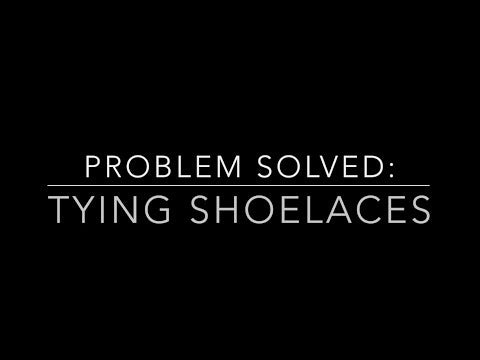-
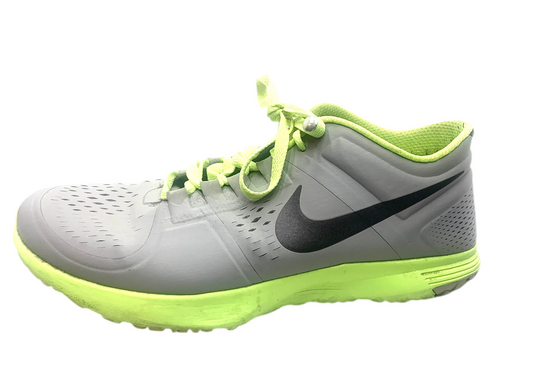
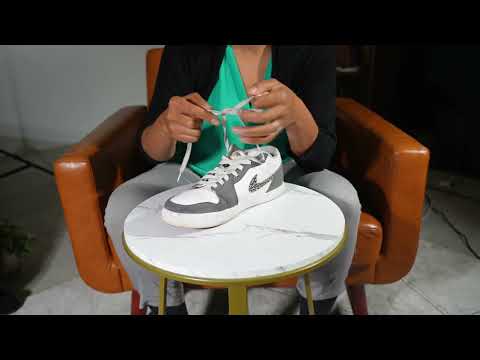 Sale
Sale -
Handheld Shower Head
Regular price $33.99Regular priceUnit price per -
Getting Durable Medical Equipment Through Insurance
Regular priceRegular priceUnit price per -
Handheld Shower Holder
Regular price $9.99Regular priceUnit price per -
Automatic Bath Lift
Regular price $599.00Regular priceUnit price per -
Eschenbach Max TV 2.1 Magnifying Glasses
Regular price $187.00Regular priceUnit price per -
Video Training: Transferring Folks with Stroke
Regular priceRegular priceUnit price per -
PACE: Program of All-Inclusive Care for the Elderly
Regular priceRegular priceUnit price per -
Free Audiobooks by State
Regular priceRegular priceUnit price per -
All-Out Universal Opener
Regular price $22.25Regular priceUnit price per -
The Original AFO Assist
Regular price $89.99Regular priceUnit price per -
9 Piece Foam Tubing
Regular price $17.99Regular priceUnit price per -
Automatic Pill Dispenser
Regular price $99.99Regular priceUnit price per$99.99Sale price $99.99 -
Swivel & Sliding Transfer Bench
Regular price $246.00Regular priceUnit price per -
Swivel & Sliding Transfer Bench w/ Arm Rests
Regular price $335.00Regular priceUnit price per -
Get a Contractor | VGM Live at Home
Regular priceRegular priceUnit price per -
2x Magnifying Bar & Line Guide
Regular price $69.55Regular priceUnit price per -
Stroke Support
Regular priceRegular priceUnit price per -
Resting Hand Splint
Regular price $29.99Regular priceUnit price per -
Caregiver Communication Cards
Regular price $44.25Regular priceUnit price per -
27" Elastic Shoelaces
Regular price $11.97Regular priceUnit price per$9.99Sale price $11.97
Frequently Asked Questions
The Need to Know for This Collection!
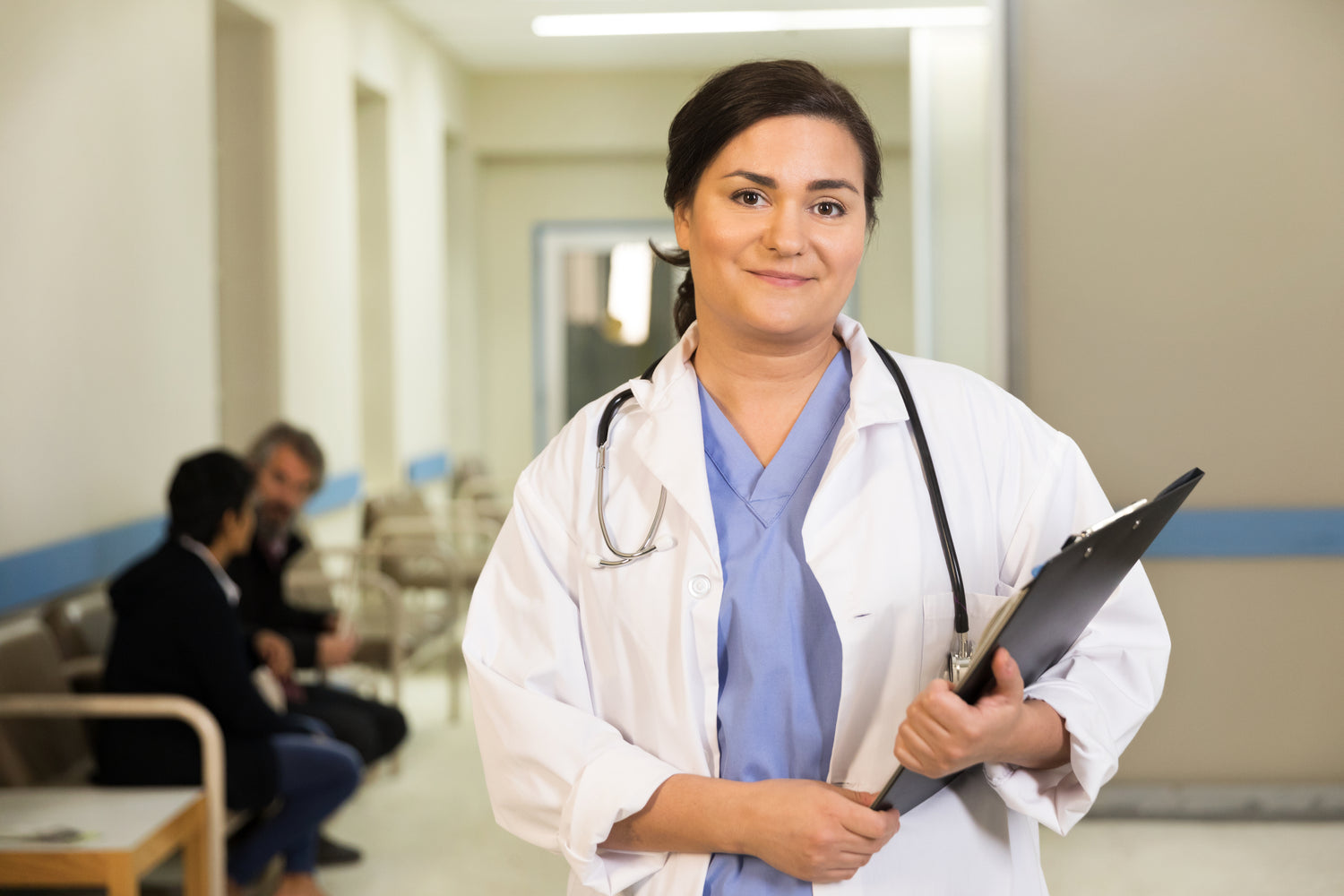
Why You Need an OT!
An Occupational Therapist (OT) is your superhero! A skilled professional whose expertise can significantly enhance your quality of life by helping you maintain independence, manage chronic conditions, and ensure your home environment supports your needs.
When you're ready to dive into what occupational therapy is, why you might need it, and the myriad of ways an OT can be invaluable in your life click below!
